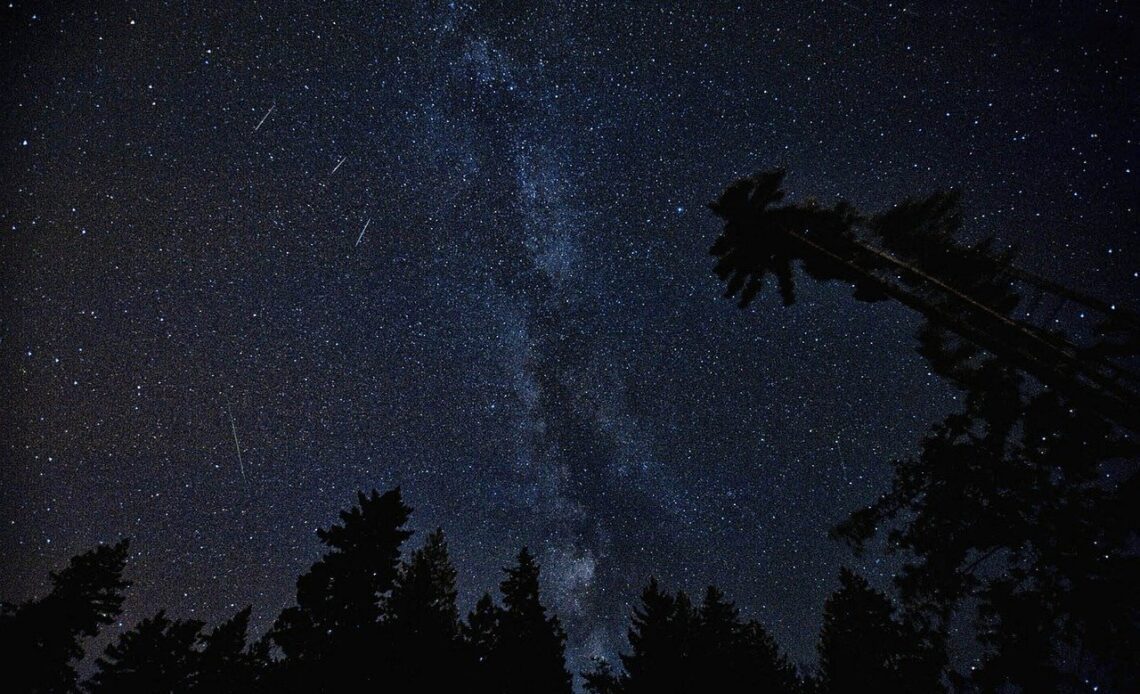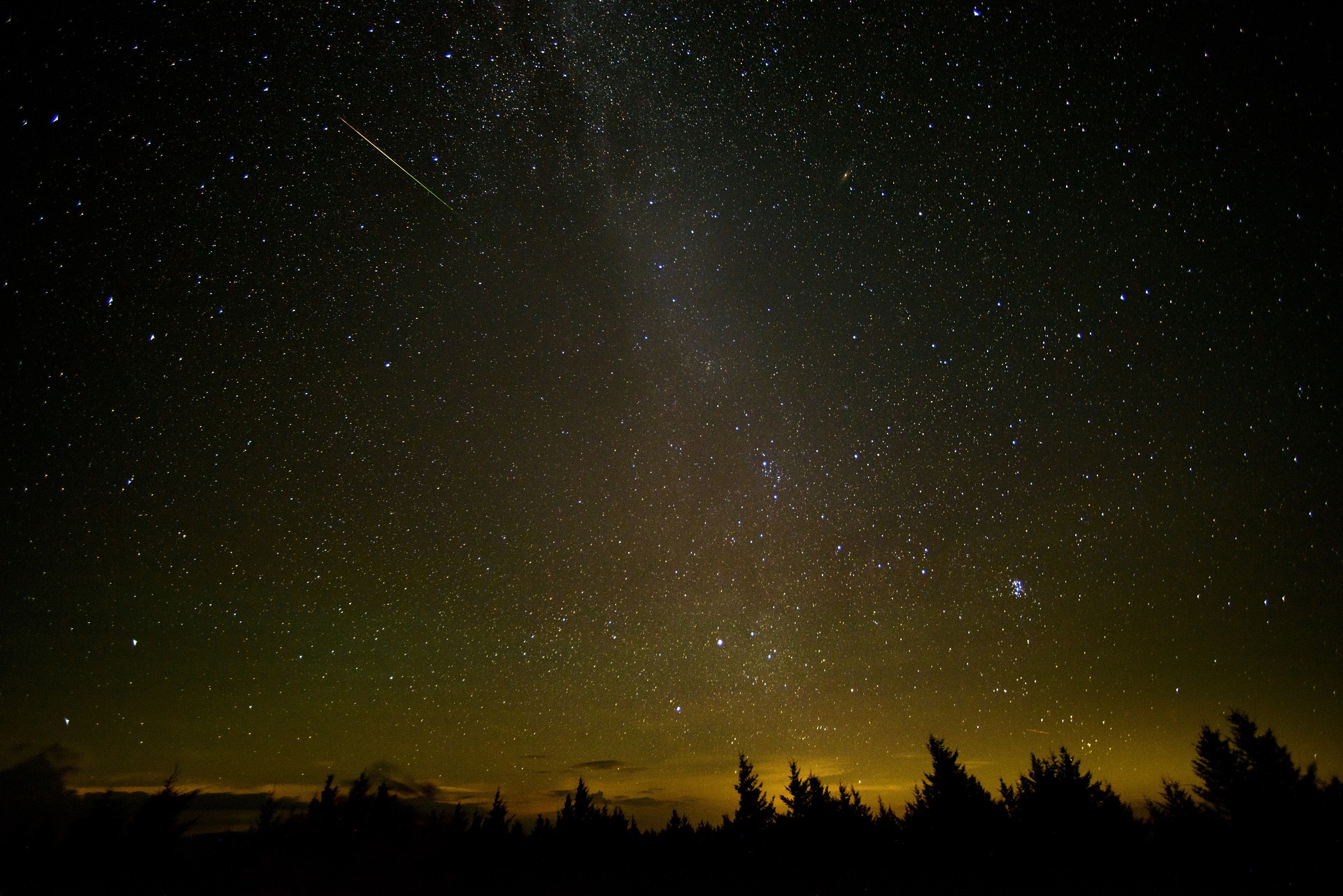Based on my experience of the last few years viewing the Perseid meteor shower, I’m sharing in this article useful tips on how to watch the Perseid meteor shower 2022: guide to have an unforgettable experience every time watching a meteor shower.
Read this article to discover answers to important questions such as when to see the Perseid meteor shower, where to see the Perseid meteor shower, and useful Perseid meteor shower viewing tips! This is my complete guide to Perseids meteor shower 2022!
Seeing dozens of falling stars in a few hours is an amazing experience and the Perseid meteor shower makes this possible for everyone interested. Making a wish when seeing a falling star is one thing, but how about 50-100 (or more) wishes a night?
It’s an amazing experience, believe me, one that you too can easily have.
When to see the Perseids
The Perseid meteor shower can be seen between July 17th and August 26th.
Yes, during this entire time you can see falling stars! Isn’t it amazing?
When does the Perseid meteor shower peak?
While you can see falling stars during this entire time, there is a Perseid meteor shower peak.
So, the first element of this complete guide to Perseid meteor shower viewing is to find out when the most falling stars will be visible. For this, you can check your astronomical observatory’s site and discover the peak of the Perseids near you.
In 2022, the maximum of the meteor stream will be reached on the night of August 12 to 13 after 12:00 AM and until 5 AM..
This means there are three days – well, three nights actually – when the most falling stars will be visible. On the night of August 11 to 12 there is an upward slope of the current, reaching the maximum the following night, and on the night of August 13 to 14 there is a downward slope.
All these nights offer the opportunity to see many falling stars after midnight. Important to note is that in 2022 the moon is in its Full Moon phase, being bright and visible all night, which will make the number of visible falling stars to be smaller than in other years when the moon wasn’t as bright (full moon.)
Insider tip:
Choose 1-2 in which to go see the Perseids. Why?
Because on one night it can rain or be cloudy, so you won’t be able to see any falling stars.
But if you know that in advance, you can go the night before and enjoy the Perseids.
So check the weather in advance, when planning when to see the Perseids.

